We know the impact of missing a year’s monitoring can cause frustrating gaps in a data set and have tried our best to avoid this wherever safe and possible.
It was a family affair at East Stoke, as our fisheries team managed to monitor most of the six-week smolt run, with two staff members and a PhD student joined by their partners who volunteered to help during night shifts to reduce potential risk. Many thanks to Luke Scott who manned all the day shifts and ensured that one of very few, it not the only, salmonid research centre able operate to operate in this period.
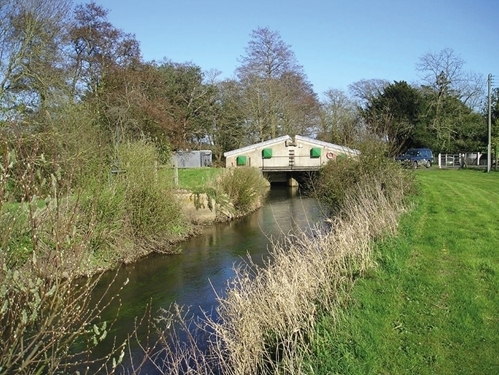
Jess Brooks has been busy at the Martin Down Farmer Cluster. Having walked the regular landscape-length butterfly transect on farmland between Martin Down and Pentridge Hill, Jess and those involved recorded small blue butterflies for the first time on the new wildflower margin that connects the Martin Down and Pentridge Hill SSSIs. Kidney vetch was included in the mix, and is flowering well for the first time, so let’s hope this is a new breeding habitat for them. They counted over a dozen male and female small blue butterflies, so it’s looking promising! One of the local keepers later went to investigate for themselves and captured a fantastic photo of one on its foodplant.
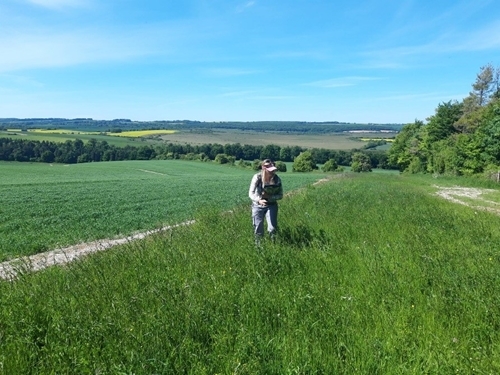
In addition to smolt monitoring, our fisheries team have been busy making sure the SAMARCH project keeps moving. Will Beaumont and Celine Artero undertook an entirely different kind of fieldwork, cleaning up important monitoring equipment deployed in estuaries.
Marine creatures love to fix themselves on our receivers, but it can reduce the acoustic efficiency to detect tagged fish. As a result, these have to be maintained regularly, as shown here.
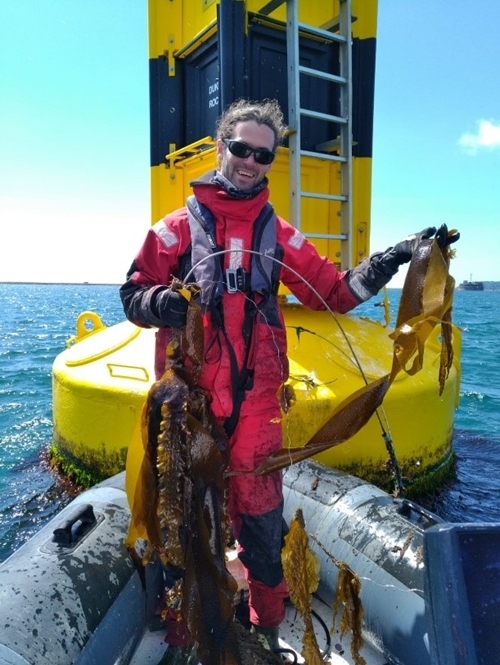
Following significant changes to how game and wildlife managers, mainly gamekeepers, can control predation in Scotland, demand for our advisory services has remained very strong. Despite lockdown restrictions, practitioners on the ground need to be fully reassured that they are working within the new laws governing the control of corvids and stoats in Scotland's uplands and lowlands.
This vital work ensures that trappers can continue, in the knowledge their activities are targeted and humane. We have continued our advisory assessments – albeit with feedback given via email and telephone rather than in person – and we have also converted some popular courses online.
The photo below shows where our senior Scottish advisor, Hugo Straker, called his office for a day in the Caingorms!
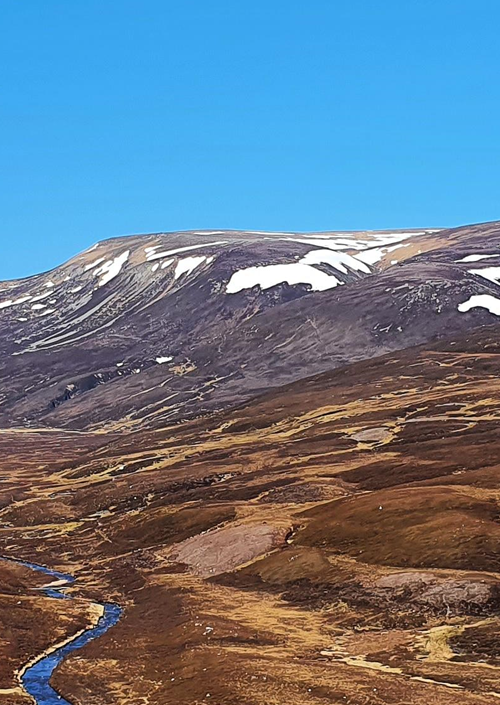
Annual monitoring of breeding songbirds took place at Rotherfield and the PARTRIDGE reference site at Cheriton, all undertaken by Francis Buner. He has walked 80km of transects in April and May, and June, with first impressions looking good. There were high numbers of the red-listed skylark, yellowhammer and linnet. Rotherfield’s lapwings are also doing very well, with the highest number of fledglings produced since monitoring began in 2010. Francis also recorded a woodlark singing above one of Rotherfield’s extended overwintered stubbles and heard one of the last corn buntings that still breed within the area of the north-western end of the South Downs National Park.
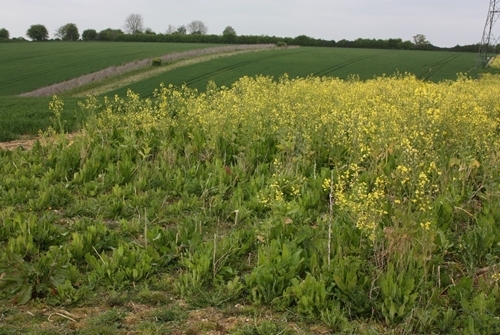
Niamh McHugh, postdoctoral scientist in our Farmland Ecology department, has been using acoustic detectors to undertake woodcock surveys.
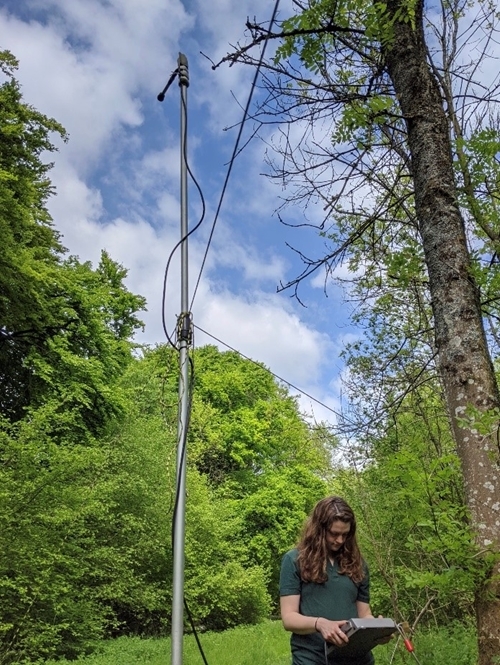
This is just a flavour of the work we have been able to keep going – all while observing social distancing and our own stringent health and safety guidelines. It has been great to see how everyone has rallied together and adapted during this time. This doesn’t just include GWCT staff, but members and supporters too. Earlier this year we launched an appeal to help allow this work to continue in the face of reduced income due to coronavirus – likely to be over £1 million.
So far more than 500 people have donated, providing us with almost £45,000. The average donation is a little over £70 and any amount will have a real impact our ability to the future. Thank you to all who have supported us.
If you would like to do more to help us to keep our important work going, please consider donating below today.